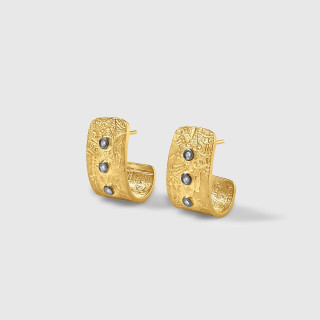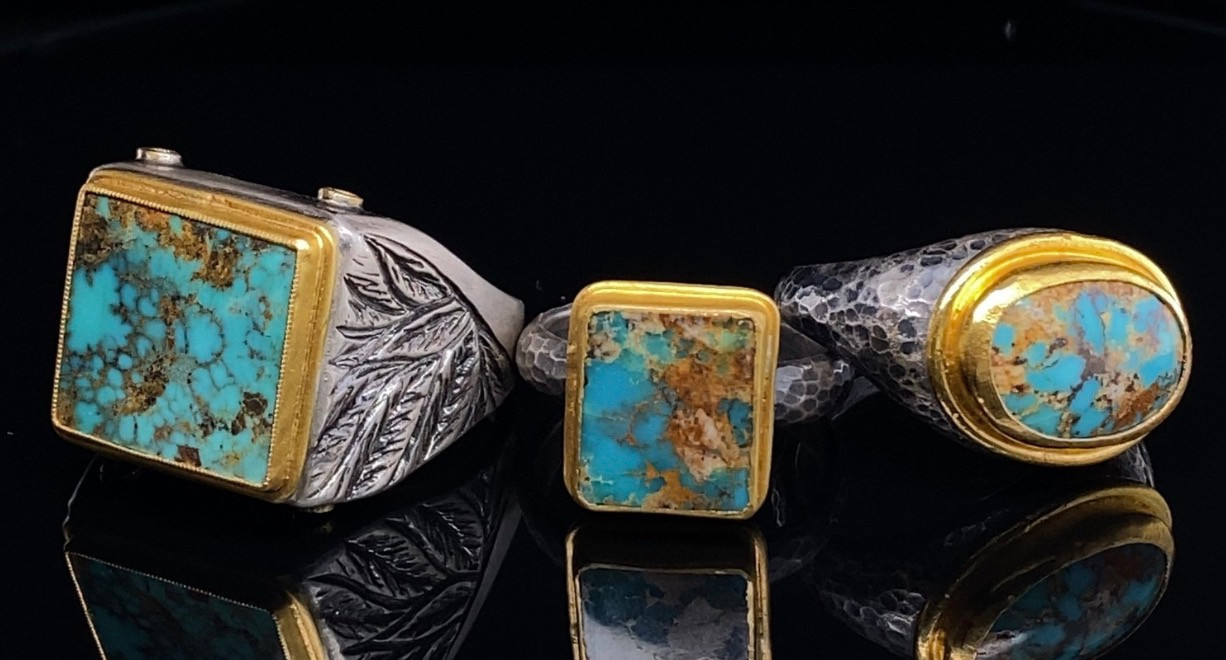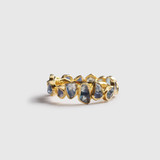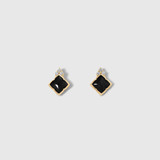A LEGENDARY GEM
From The American Gem Society:
A Legendary Stone - Turquoise
Since ancient times, cultures around the world have admired the distinct color of turquoise. The earliest evidence of turquoise gemstones comes from ancient Egyptian tombs, which contain elaborate turquoise jewelry dating back to 3000 BCE. Egyptians set turquoise in gold necklaces and rings, used it as inlay, and carved it into scarabs. Most notably, King Tut’s iconic burial mask was extravagantly adorned with turquoise.
The oldest turquoise mines are in the Sinai Peninsula of Egypt. One sat near an ancient temple dedicated to Hathor, the Greek goddess of love and joy who was worshiped as a protector in the desert and as the patron saint of mining. Egyptians called turquoise mefkat, which meant “joy” and “delight.”
Ancient Persians decorated extensively with turquoise, often engraving it with Arabic script. Turquoise covered palace domes because its sky-blue color represented heaven. This later inspired the use of turquoise in buildings like the Taj Mahal. Believing turquoise guaranteed protection, Persians adorned their daggers and horses’ bridles with it. Their name for turquoise, pirouzeh, meant “victory.” Persians wore turquoise gemstone jewelry around their necks and in their turbans. They believed it offered protection by changing color to warn of pending doom. (Turquoise can, in fact, fade if exposed to sunlight or solvents.)
When Turkish traders introduced this “Persian blue” stone to Europe via the Silk Road in the 13th century, they influenced the gemstone’s name. The word “turquoise” comes from the French pierre tourques for “Turkish stone.” Meanwhile, pre-Columbian Native Americans mined the turquoise stone throughout the present-day southwestern United States. Shamans used it in sacred ceremonies to commune with the spirit of the sky. Apache Indians believed that attaching turquoise to bows (and later, firearms) improved a hunter’s accuracy. Turquoise became valuable in Native American trade, which carried North American material toward South America. Consequently, Aztecs cherished turquoise for its protective power and used it on ceremonial masks, knives, and shields.
Legends and Folklore
Native Americans have mined turquoise in the southwestern part of the United States for nearly a thousand years. They’ve worn it during ceremonies to call upon spirits and to symbolize the god of the sky. They used it to guard burial sites and in divining since it enhances communication between spiritual and physical worlds.
Legends state that the blue-green stone could protect the wearer, so it was often used in shields, weapons, and bridles for warriors going to battle. It was also thought to instill tranquility and promote wisdom. Some have even believed it to have the power of immortality.
Turquoise is widely known as a symbol of friendship and happiness. In folklore, the stone’s energy would be programmed with a specific intention for daily wear or meditation uses. Many people would wear it near their heart as they believed it promoted positive, happy vibes.
With its blue color streaked with brown ribbons, the stone symbolized the earth and sky coming together and the joining of female and male energies.
Other legends believed that turquoise helped the user communicate and manifest wholeness and truth.
Featured Favorites
-

-

Detailed Cicada Pendant Necklace with Diamond Eyes, Sterling Silver
ET-WS-AC-CicadaPendantSterling
£626.88 -

-



 US Dollars (USD)
US Dollars (USD)
 Euro (EUR)
Euro (EUR)








